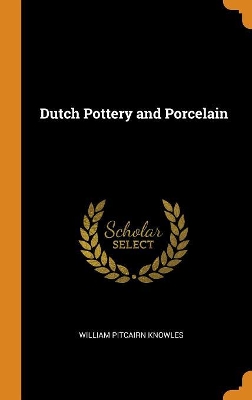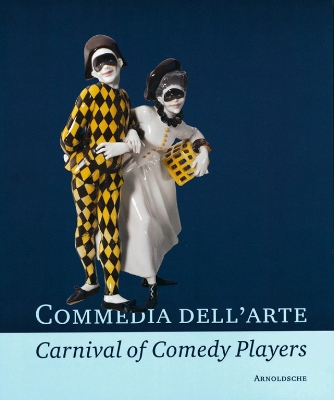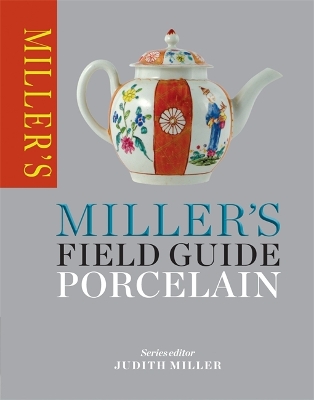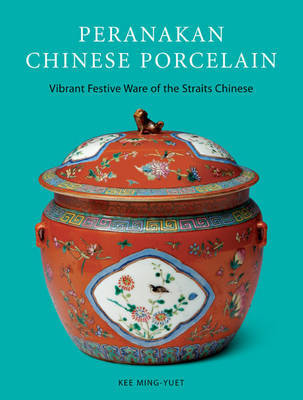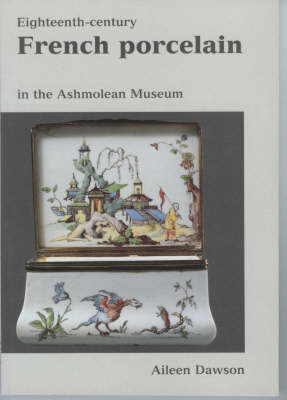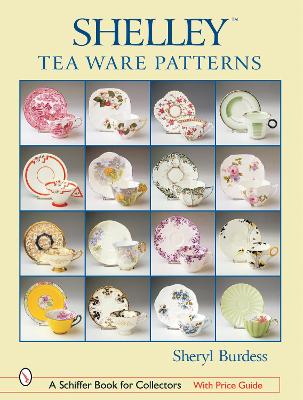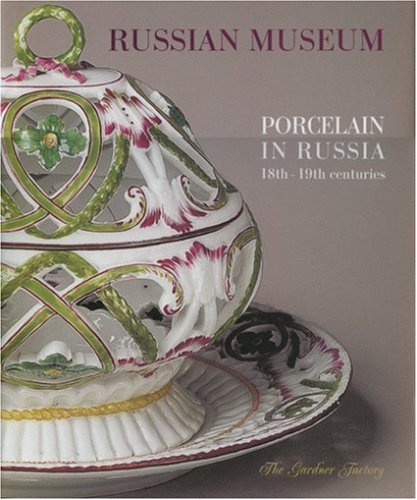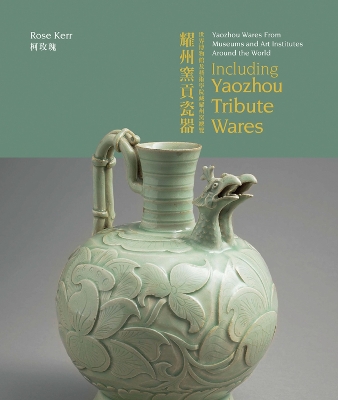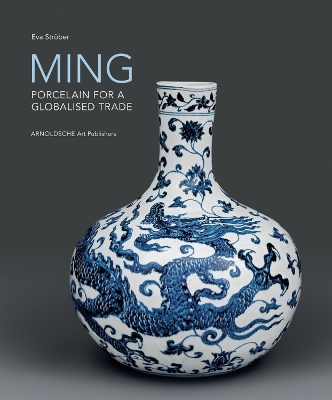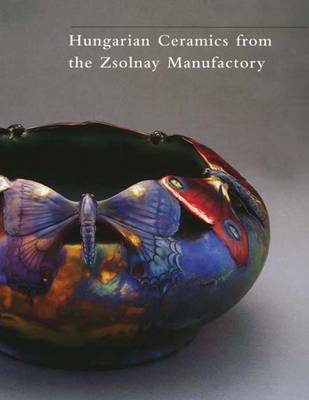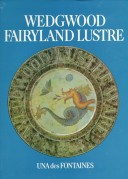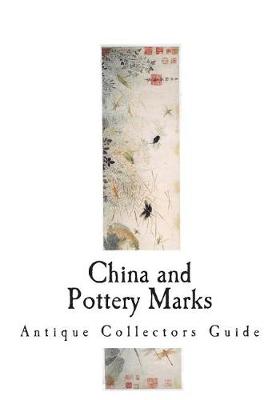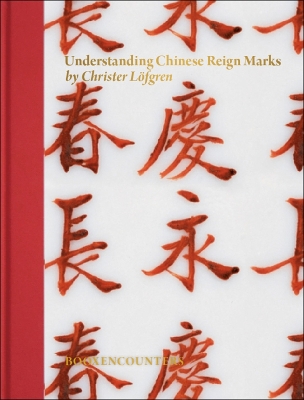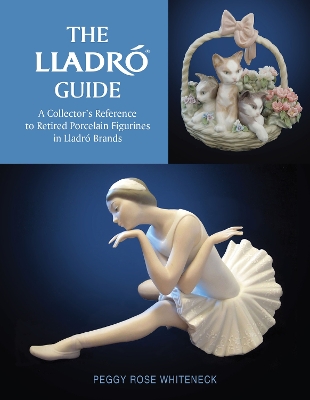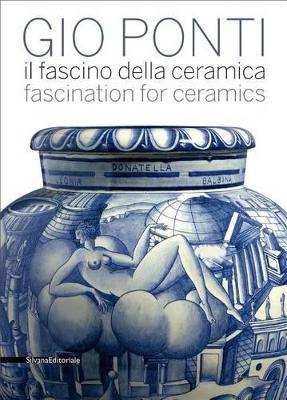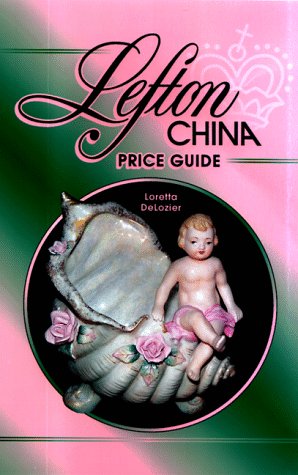British Teapots and Tea Drinking
From the 16th century until well into the 18th century, the commedia dell'arte, a popular Italian type of improvised comic theatricals, cast its spell on a large and diverse audience. Here an exuberant joy of living was reflected in a portrayal of all aspects of life exaggerated with pomposity and humour. No medium was better suited than precious porcelain to immortalise the vivacious performance of the comedians on the stage, let alone surpass their exaltation: No other subject produced a simil...
Miller's Field Guide: Porcelain (Miller's Field Guides)
by Gordon Lang and Judith Miller
Miller's Field Guides are an invaluable resource for collectors when out buying items at antiques shops, auctions or car boot fairs. They provide a fast and accurate way to recognize, identify and date antiques. In each book a simple question-and-answer checklist is provided for a wide range of key items, teaching you what to look for as well how to spot a fake or a copy. There are price codes throughout, plus concise information on makers, factories, identifying marks and the factors that affec...
Exuberant, ornate and colourful, Straits Chinese porcelain is a variety of polychrome enameled export ware made to specification in China during the nineteenth and early twentieth centuries for the use of the Straits-born Chinese or Peranakan communities in Penang, Malacca and Singapore. Often called Nyonya ware after the Nyonyas or womenfolk of this unique subcategory of Chinese whose ancestors first settled in Malacca in the fifteenth century, it was used on festive occasions and for special f...
Eighteenth Century French Porcelain (Ashmolean Handbooks S., No 9)
by Aileen Dawson
The Ashmolean Museum's collection of French porcelain is remarkable both for several individual pieces from famous collections, and also for the way in which it demonstrates the development in porcelain in France from the late seventeenth century onwards. This book illustrates and discusses in detail over fifty of the most attractive, rare and important pieces in the collection, from eight known factories, including Vincennes/Sevres, St. Cloud, Chantilly, Mennecy and Villeroy. Aileen Dawson is a...
This encyclopedic reference presents thousands of tea ware patterns produced by Shelley Pottery*TM and its predecessors, Wileman & Company*TM and Foley China*TM, of Staffordshire, England, from the 1860s through 1966. Arranged by pattern number, thorough listings include the color variations, back stamps, and the numerous body shapes on which the patterns appear. Over 760 beautiful color photographs display Shelley*TM porcelain tea wares. A bibliography, index, and current market values in the c...
Yaozhou Wares From Museums and Art Institutes Around the World
by Rose Kerr
Yaozhou ware is one of the finest Chinese celadons, made in north China over a period of 700 years, from the 7th to the 14th centuries. Their style developed and changed over time. In the Tang dynasty (618-906) black, brown, lead glazed and black-on-white painted ceramics were made. During the Five Dynasties period (907-960) a technical peak was achieved, and white-bodied wares with beautiful blue-green glazes appeared. During the Northern Song and Jin dynasties (906-1279) more olive-toned celad...
The Ming Dynasty (1368 1644) is regarded as one of the most glorious in Chinese history especially in regards to porcelain. Ming denotes the finest and most precious porcelain, which regularly achieves astronomical prices at auctions. The Ming vase is a popular cliché even for those who are not familiar with the history of Chinese ceramics. This publication unveils the Ming myth, by presenting the internationally recognised collection of Chinese ceramics at the Dutch Ceramics Museum Prince...
The Zsolnay Manufactory represents a triumph of Hungarian applied arts, for during its heyday it produced elegant and innovative ceramics for an international clientele as well as architectural ceramics that embellished some of the finest public and private buildings in the Austro-Hungarian empire. This manual recounts the story of the 150-year-old company and presents numerous examples of its work, showing how its changing fortunes reflect the cultural, economic and political developments in Ce...
"An intimate narrative history of porcelain, structured around five journeys through landscapes where porcelain was dreamed about, fired, refined, collected, and coveted"--
In his third book, Christer Löfgren expands the scholarship on imperial Chinese porcelain with a radical, new interpretation of the term “Mark and Period”. From identifying only marks on imperial porcelain, to looking at objects associated with those marks, his analysis will change imperial porcelain's image and significantly contribute to the knowledge base of Chinese porcelain experts and collectors. For the first time, it is now possible to group all imperial items in all these periods, from...
Majolica Mania
The first comprehensive study of the most important ceramic innovation of the 19th century Colorful, wildly imaginative, and technically innovative, majolica was functional and aesthetic ceramic ware. Its subject matter reflects a range of 19th-century preoccupations, from botany and zoology to popular humor and the macabre. Majolica Mania examines the medium's considerable impact, from wares used in domestic settings to monumental pieces at the World's Fairs. Essays by international experts...
Lladro Guide: A Collector's Reference to Retired Porcelain Figurines in Lladro Brands
by Peggy Rose Whiteneck
Since its founding in the early 1950s, the Spanish porcelain firm Lladró has attracted a large collector market. This book identifies all known Lladró figurine brand names, differentiates them from Spanish porcelain competitors, addresses some of the mysteries surrounding Lladró's production history, and makes the case for Lladró's right to a place among the most-esteemed names in the history of fine porcelain. In addition to analyzing known models, the book gives a tantalizing photographic glim...
